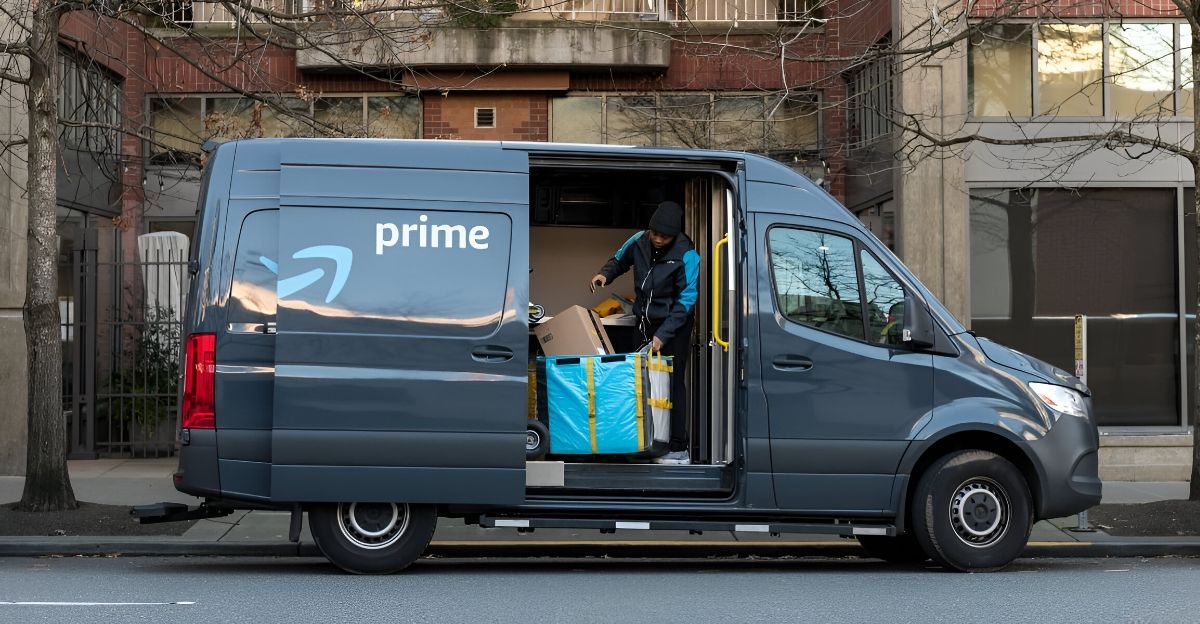
The rapid growth of Amazon Prime in the United States is unmistakable. Last year, it boasted approximately 180.1 million subscribers, an increase of about 44% since 2017.
With its monthly fee of $14.99, Amazon continues to capitalize on its broad array of perks, including free shipping and expedited delivery, appealing to millions worldwide.
Despite its popularity, Amazon recently made a surprising announcement: it will discontinue Freevee, its free streaming service, effective August 2025. The decision is one part of broader shifts in Amazon Prime’s offerings as the company repositions its streaming services amid intensifying market pressures.
Amazon’s Robust Financial Growth
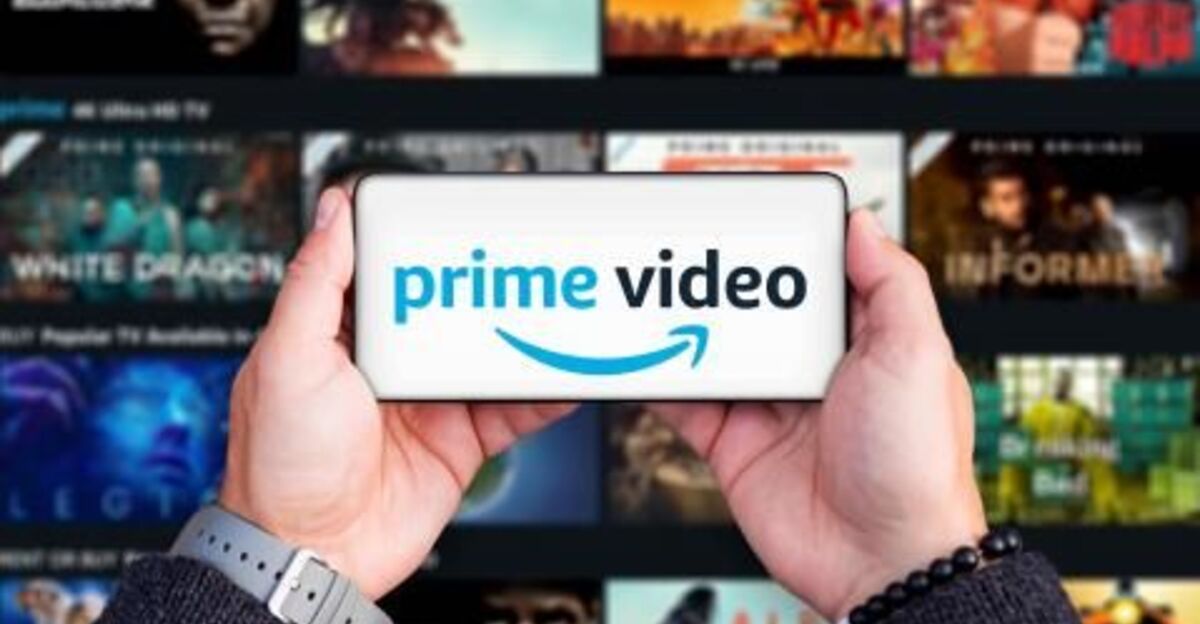
In Q1 2025, Amazon netted approximately $17 billion, a nearly 40% increase year-over-year. Its net sales rose by 9%. Subscription revenues, including from Prime membership, jumped 9%, generating $11.7 billion.
Yet, alongside subscriptions, Amazon is increasing advertisements on Prime Video and extending ad duration, provoking customer dissatisfaction while strategically enhancing its revenue through ads.
The Freevee Launch and Purpose
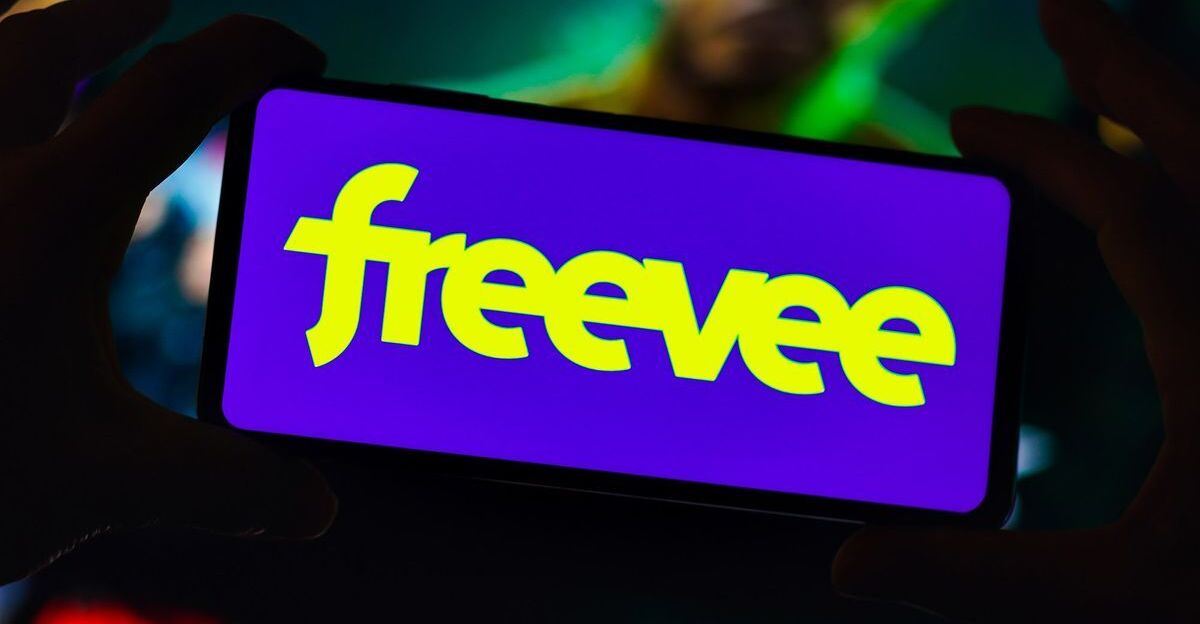
Amazon introduced Freevee in 2019 to tap into the growing market of free, ad-supported streaming platforms (FAST). Freevee offered thousands of movies, shows, and live TV channels for free with ads.
It was accessible on various devices, including Fire TV and Roku, aiming to attract viewers unwilling to pay for subscriptions but tolerant of ads.
Industry Trend Toward Ad-Supported Streaming

Ad-supported platforms like PlutoTV and Tubi have gained significant traction. A digital security firm survey found that 42% of Americans now watch TV via free streaming with ads.
This shift in consumer behavior forces subscription services such as Amazon Prime Video to incorporate even more ads to remain competitive, while also seeking ways to retain subscribers amid changing preferences.
Freevee’s Closure Explained
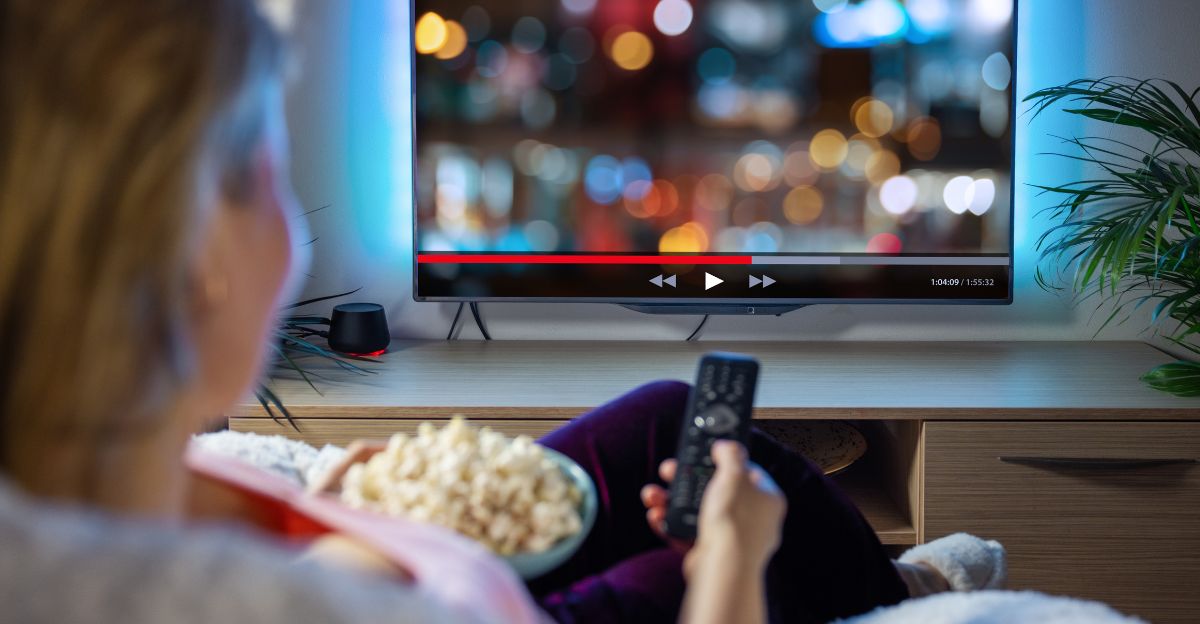
Amazon announced that Freevee would be available only until August 2025. Its content will then exclusively air on Prime Video, where viewers will still be able to stream Freevee originals and live TV shows, but with ads.
Amazon presents this consolidation as simplifying viewing options, but it effectively ends the standalone free streaming app.
Advertisement Expansion on Prime Video

Amazon introduced ads on Prime Video in 2024, initially claiming there would be fewer ads than traditional television. Ad duration has since grown from 2–3.5 minutes to 4–6 minutes per hour.
While subscribers have the option to pay an additional $2.99 a month to remove ads, many are unhappy about mandatory ads for free content and perceive this as a diminished viewing experience.
Consumer Backlash and Legal Challenges
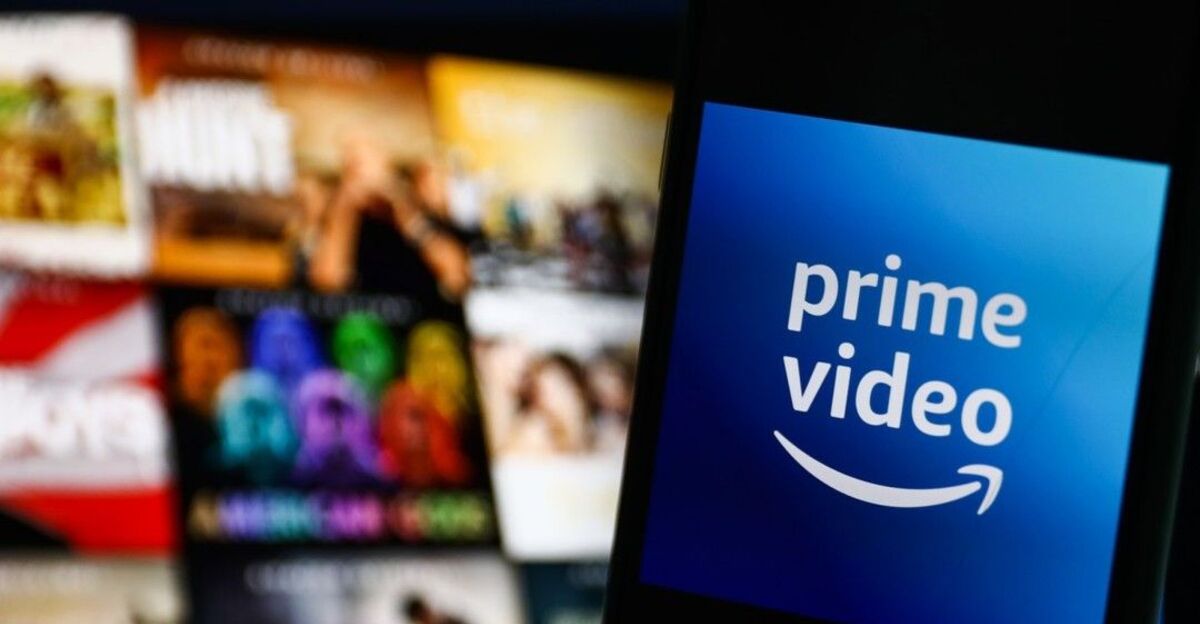
The ad increase sparked backlash, including a class-action lawsuit accusing the company of engaging in misleading practices. Customers complained that ads disrupt the previously more seamless streaming experience.
Despite Amazon’s messaging that ads are less intrusive than competitors, the longer ad breaks and mandatory ads on formerly free content have eroded consumer goodwill.
Regional Impact of Service Shifts

Frustrated Amazon Prime members all over the U.S. are venting online. Complaints focus on the loss of Freevee as a free option and the increased ad load on Prime Video.
Delays and customer service issues compound dissatisfaction. This widespread frustration threatens Prime membership retention, especially in regions with intense competition from other streaming services.
Personal Stories Highlight Discontent
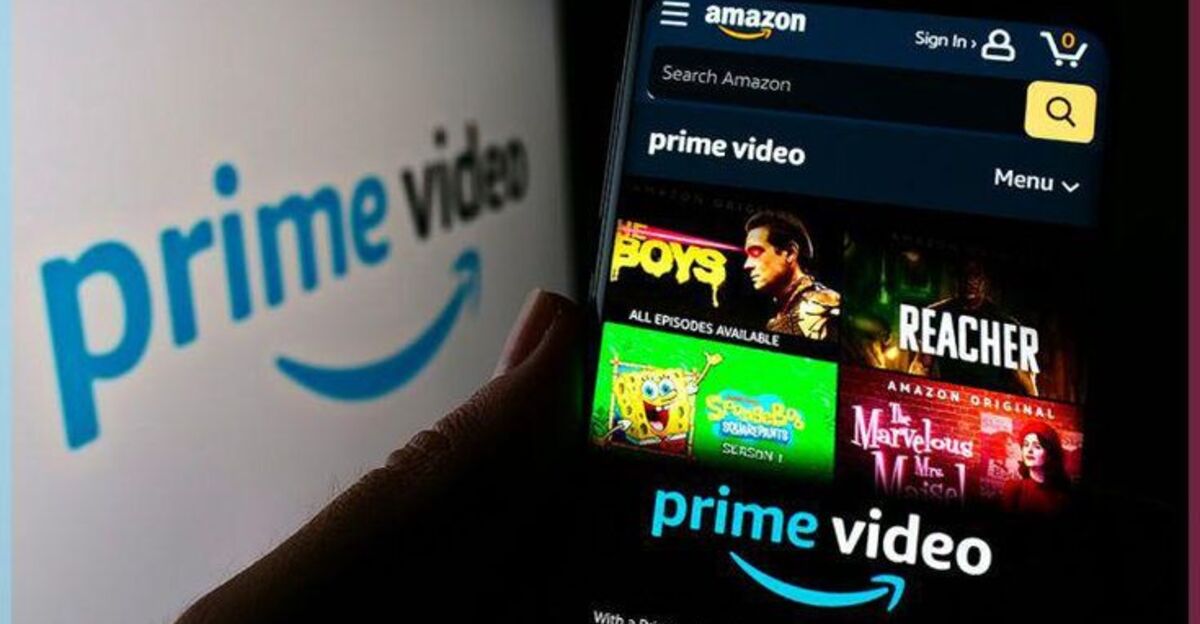
Reddit users have shared experiences of intrusive ads that they describe as louder and more frequent. One subscriber said that ads “ruin the experience,” and another noted that customer support delays worsened the situation.
This rhetoric indicates a growing perception that Amazon is more interested in revenue than keeping its users happy.
Competitor Success Amid Amazon’s Shift
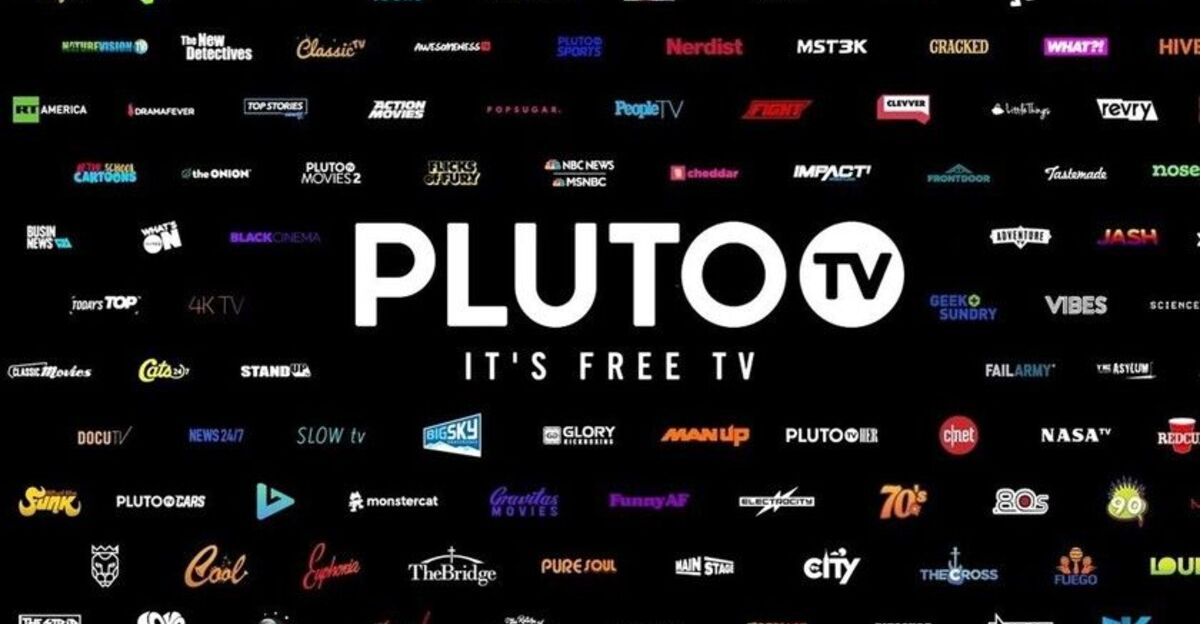
Free, ad-supported competitors like PlutoTV and Tubi have capitalized on this landscape. PlutoTV reported its highest usage ever in Q1 2025, while Tubi noted accelerating growth during the same period.
These platforms offer alternatives that some viewers now prefer, taking advantage of dissatisfaction with Amazon’s evolving ad strategy.
Subscription Fatigue Rising
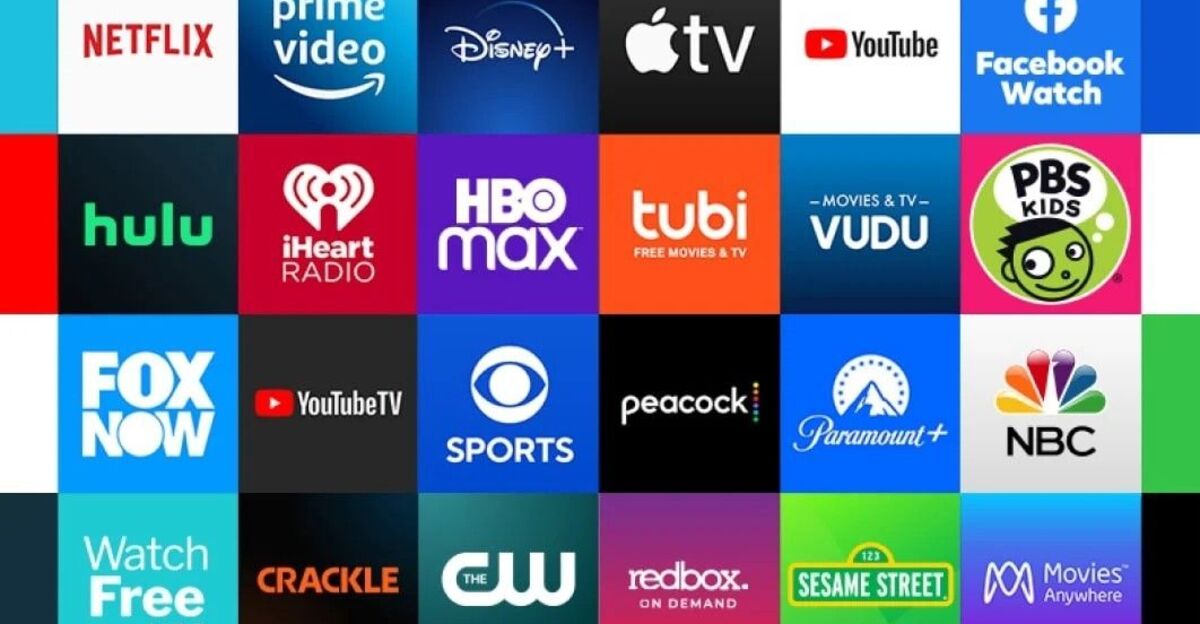
Consumers increasingly experience “subscription fatigue,” reluctant to juggle multiple paid streaming services. This phenomenon benefits free, ad-supported platforms and explains why Amazon is doubling down on ads.
However, balancing subscription fees with ad frequency is critical, as excessive ads risk pushing subscribers towards competitors or cancellations.
Amazon’s Dual Revenue Strategy

Amazon’s first-quarter 2025 data shows a 17% growth in ad revenue and a 9% increase in subscription revenue. This reflects Amazon’s attempt to diversify income sources amid market changes.
Yet, this approach requires careful calibration to avoid alienating Prime’s loyal user base in pursuit of higher ad revenues.
Potential Challenges for Prime Video
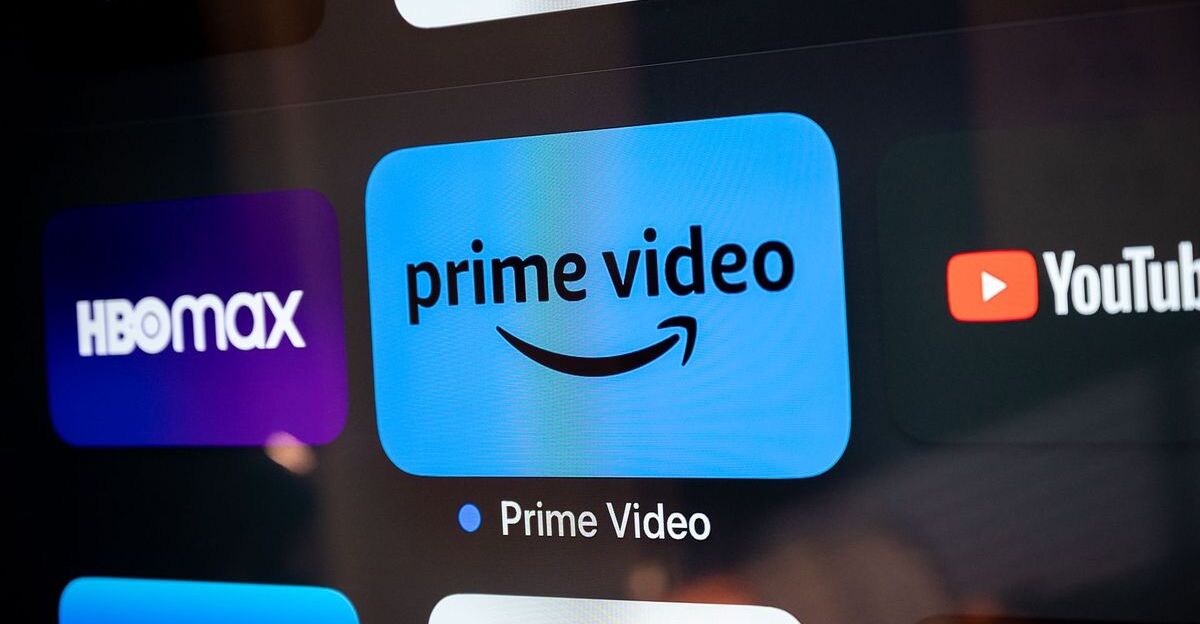
The discontinuation of Freevee and increased ads create uncertainty over Prime Video’s future subscriber loyalty.
Among the dozens of streaming options available, consumers might reconsider whether they find sufficient value in Prime Video’s expanding ad-based model, especially with a paid subscription attached.
Expert Analysis on Amazon’s Strategy
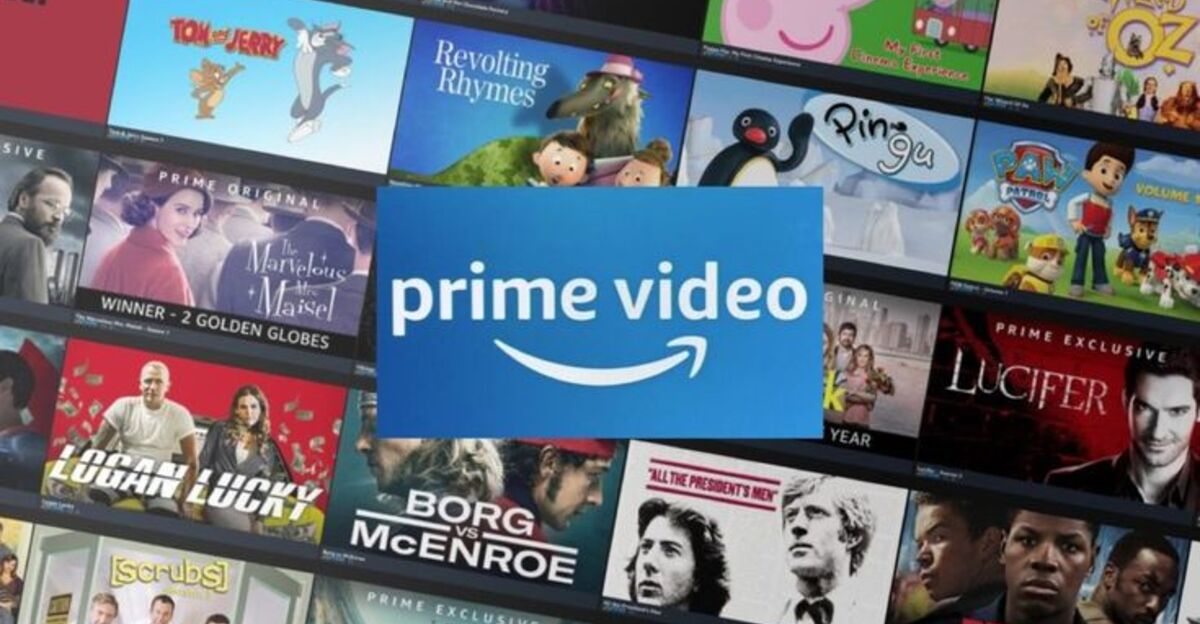
Media analysts suggest Amazon is responding to a broader industry trend where ad-supported streaming is on the rise.
As more companies offer free or hybrid models, Amazon’s moves aim to remain competitive. However, industry experts warn that overly aggressive monetization could backfire if consumer frustration grows too high.
Can Amazon Adapt Successfully?
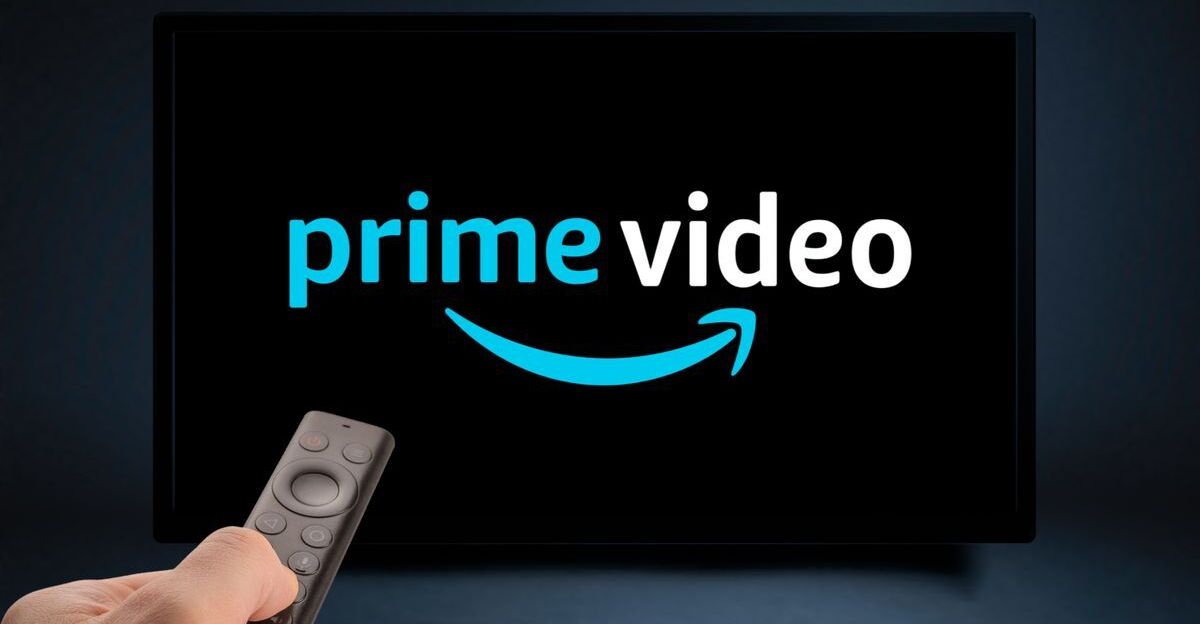
The key question is whether Amazon can strike that balance between monetizing content through ads and subscription fees without losing subscribers.
How it addresses customer concerns about ads and free service discontinuation will likely shape its streaming market position. The upcoming changes may redefine the streaming wars in 2025 and beyond.
